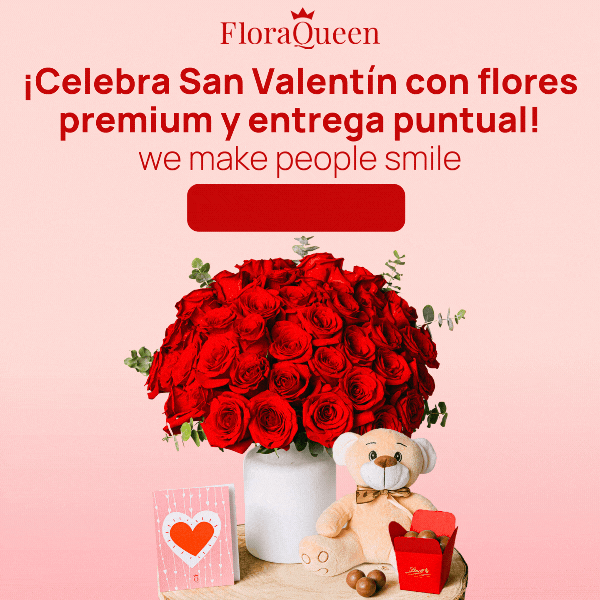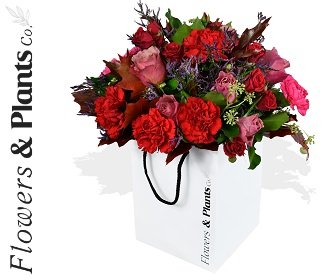English: Ordering plants online? Do it at FloraStore! Choose from our beautiful selection of houseplants, garden plants, dried flowers, and bulbs: fresh from the best growers and conveniently delivered to your home. Perfect for your living room, garden, or home office. Discover the ease of FloraStore and enjoy your plants!

Czech: Objednat si rostliny online? To zvládnete na Flora Store! Vyberte si z naší krásné nabídky pokojových rostlin, zahradních rostlin, sušených květin a cibulek: čerstvé od nejlepších pěstitelů a pohodlně doručené až k vám domů. Ideální pro váš obývací pokoj, zahradu nebo domácí kancelář. Objevte pohodlí FloraStore a užívejte si rostliny!
Romanian: Comandă plante online? O faci la FloraStore! Alege dintr-o gamă frumoasă de plante de interior, plante pentru grădină, flori uscate și bulbi: proaspete de la cei mai buni cultivatori și livrate direct acasă. Perfect pentru camera ta de zi, grădină sau biroul de acasă. Descoperă acum confortul FloraStore și bucură-te de plante!
Polish: Zamów rośliny online? Zrób to na F! Wybierz z naszej pięknej oferty roślin pokojowych, roślin ogrodowych, suszonych kwiatów i cebulek: świeże od najlepszych hodowców i łatwo dostarczone do twojego domu. Idealne do twojego salonu, ogrodu lub biura domowego. Odkryj teraz wygodę FloraStore i ciesz się roślinami!
Slovenian: Naroči rastline preko spleta? To storiš na F! Izberi iz naše lepe ponudbe sobnih rastlin, vrtnarskih rastlin, suhih cvetov in čebulic: sveže od najboljših pridelovalcev in enostavno dostavljene neposredno do tvoje hiše. Idealno za tvojo dnevno sobo, vrt ali domačo pisarno. Odkrij zdaj udobje FloraStore in uživaj v rastlinah!
Hungarian: Növényeket rendelni online? Ezt megteheted a F-on! Válassz a szép kínálatunkból szobanövények, kerti növények, szárított virágok és hagymák közül: frissek a legjobb termesztőktől, és kényelmesen házhoz szállítjuk. Tökéletes a nappalidba, kertedbe vagy otthoni irodádba. Fedezd fel most a FloraStore kényelmét, és élvezd a növényeket!
Croatian: Narudžba biljaka online? To možeš učiniti na F! Izaberi iz naše lijepe ponude sobnih biljaka, biljaka za vrt, suhih cvjetova i lukovica: svježe od najboljih uzgajivača i lako dostavljene ravno na tvoju adresu. Idealno za tvoj dnevni boravak, vrt ili kućni ured. Otkrij sada udobnost FloraStore-a i uživaj u biljkama!
Español, castellano: ¿Desea pedir plantas en línea? ¡Hágalo en F! Elija entre nuestra hermosa selección de plantas de interior, plantas de jardín, flores secas y bulbos: recién llegadas de los mejores productores y con entrega conveniente en su hogar. Perfectas para su sala de estar, jardín u oficina en casa. ¡Descubra la facilidad de FloraStore y disfrute de sus plantas!
Dialecte occitan catalan: Comandes plantes en línia? Fes-ho a F! Trieu entre la nostra bonica selecció de plantes d'interior, plantes de jardí, flors seques i bulbs: frescos dels millors cultivadors i lliurats còmodament a casa vostra. Perfecte per a la vostra sala d'estar, jardí o oficina a casa. Descobreix la facilitat de F i gaudeix de les teves plantes!





